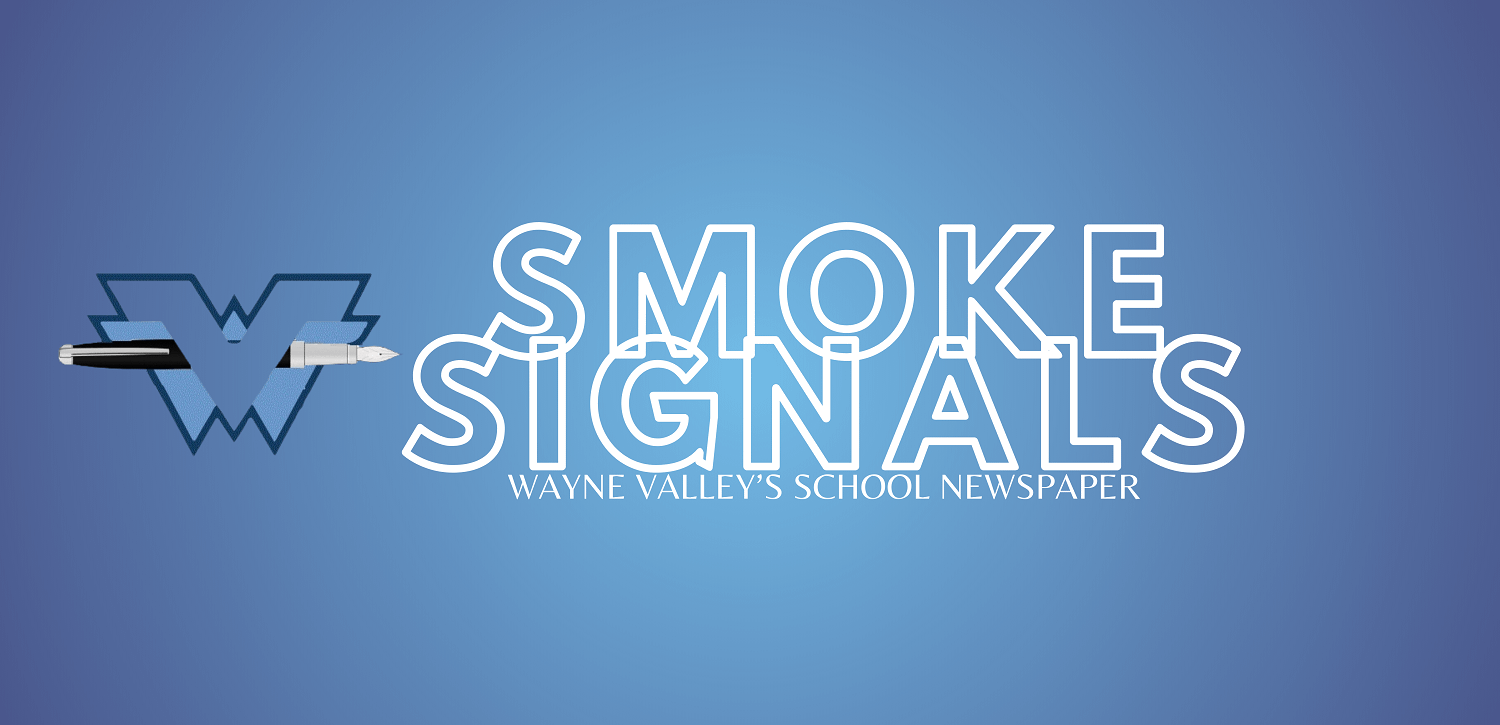Interesting College Facts
The Atlantic.com: By 2025, the University of Chicago’s sticker price is predicted to pass the $100,000 mark, which would make it the first U.S. college where attendance costs six figures, according to a new analysis by The Hechinger Report, an education-news outlet. The analysis suggests at least a handful of other U.S. colleges will follow suit soon after Chicago hits that milestone, including California’s Harvey Mudd College, New York City’s Columbia University, and Texas’s Southern Methodist University.
While the rising demand for fancy amenities could explain some of the increasing costs, personnel spending is, as The Atlantic contributor Amanda Ripley has reported, the biggest expenditure for many schools. That could be fueling the University of Chicago’s march toward a six-figure sticker price. Its president is one of the highest-paid university executives in the country, earning more than $2 million during the 2017–18 fiscal year. Plus, it boasts an “extraordinary” number of Nobel-laureate alumni and scholars. Esteemed professors are one asset that helps schools appeal to prospective students and climb in the rankings, as do smaller class sizes, extracurricular opportunities, and new buildings. Money spent on these things helps schools secure prestige, but it also raises costs.
Hechingerreport.org:The privilege of attending (University of Chicago) is costly, at $57,642 for the 2019-20 academic year.
USA Today.com: Over the past 10 years, the average price for tuition and fees at four-year private colleges and universities has jumped to $34,740 a year, up more than $7,000, according to statistics from the College Board. Those costs have outpaced the rate of inflation by more than 3 percentage points, continuing a troubling trend that has persisted for decades.
USA Today.com: The cost of college has been increasing steadily over the past few decades. If this trend continues unchecked, four years at a private college could cost $487,004 in 2035, according to projections by J.P. Morgan.
US News & World Report.com: In fact, in-state tuition prices among public National Universities grew by 63% over a 12-year period from 2008 to 2020, U.S. News data show. That increase was more than the published tuition hikes among private National Universities during that period.
US News & World Report.com: With higher tuition costs, more students are determining their college selection based on price. Approximately 40% of students turned down their first-choice college because of financial concerns, according to a 2017 survey by EAB’s enrollment services division, formerly known as Royall & Co; EAB offers undergraduate enrollment and marketing support and consulting for colleges. – (EAB: Education Advisory Board)
CNBC.com: A 1988 graduate of Harvard University would have spent $17,100 on tuition during their senior year. Now, in their 50s, they’d have to pay $44,990 in tuition for their child to attend Harvard in 2017.
Forbes.com: The cost to attend a university increased nearly eight times faster than wages did .
According to figures from the Federal Reserve Bank of St. Louis, the average annual growth in wages was only 0.3% between January 1989 and January 2016. That’s right, the cost to attend a university increased nearly eight times faster than wages did . While the cost of a four-year degree exploded to $104,480, real median wages only went from $54,042 to $59,039 between 1989 and 2016.
